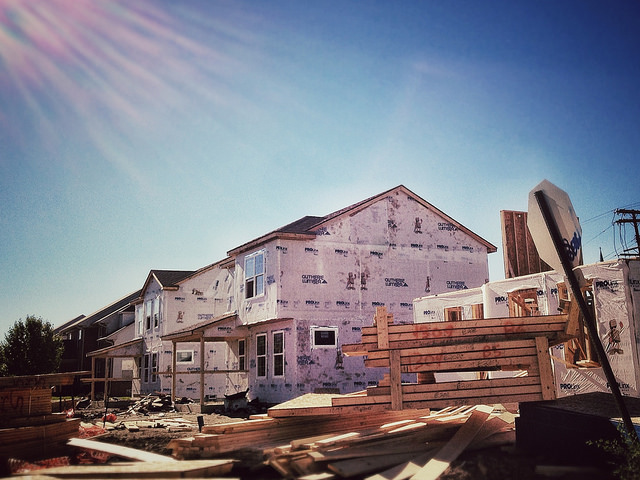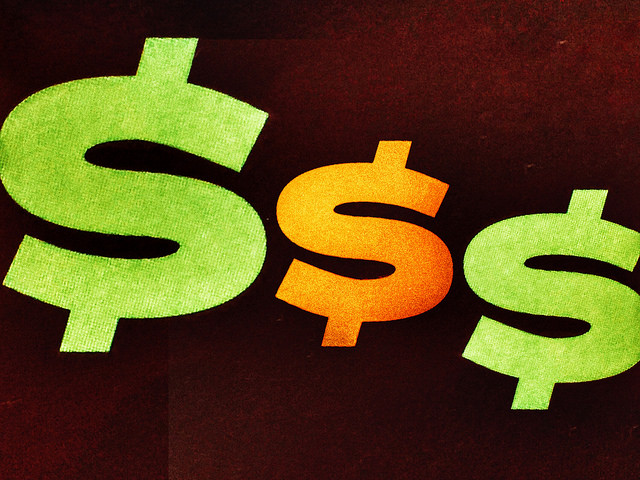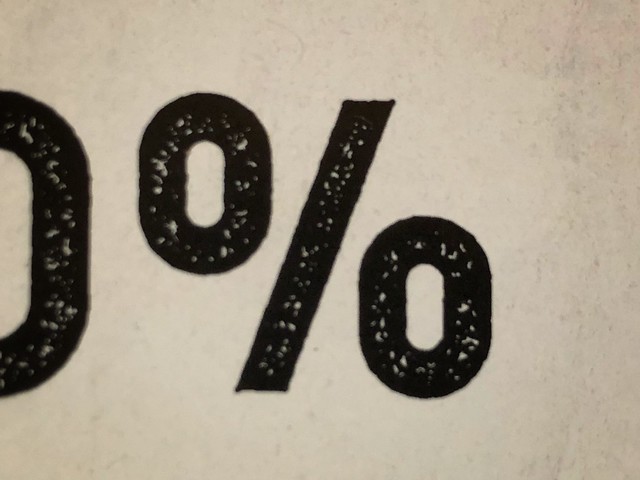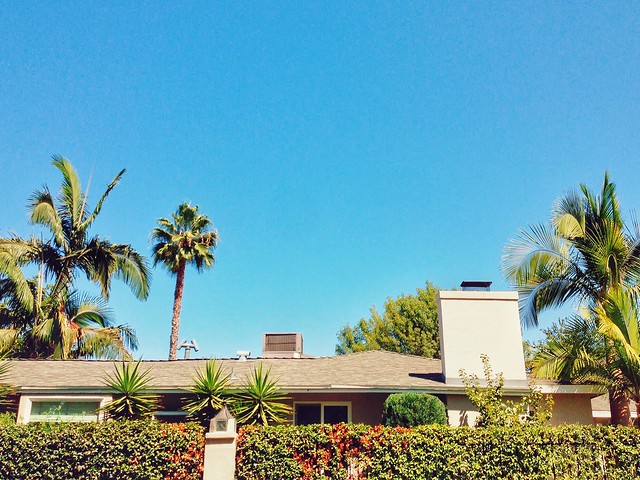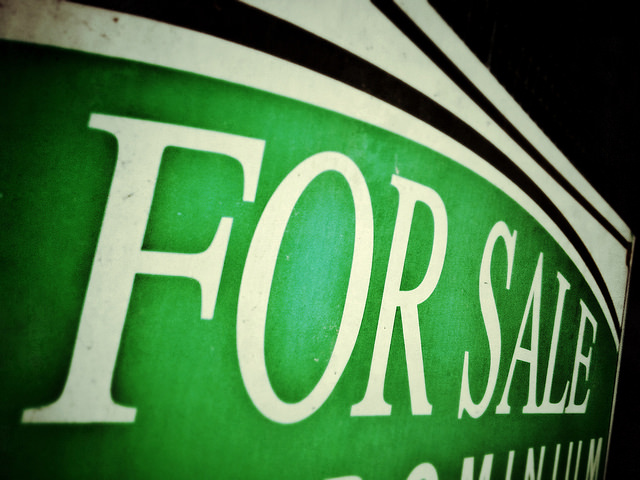According to the Mortgage Bankers Association’s Weekly Applications Survey, demand for loans to buy homes rose 1 percent last week from the week before. The improvement included a nearly 2 percent increase in demand for conventional loan applications. Despite the increase, however, overall demand was down 4 percent due to a 6 percent decline in refinance activity. Joel Kan, MBA’s associate vice president of economic and industry forecasting, says loan balances remain high. “The strength in conventional purchase activity continues to support higher loan balances, which moved back over $400,000,†Kan said. “Housing demand remains strong as the year comes to an end amidst tight inventory and steep home-price growth.†Also in the report, average mortgage rates were relatively flat from one week earlier, with interest rates for 30-year fixed-rate mortgages with conforming loan balances unchanged from the week before. The MBA’s weekly survey has been conducted since 1990 and covers 75 percent of all retail residential mortgage applications. (source)




